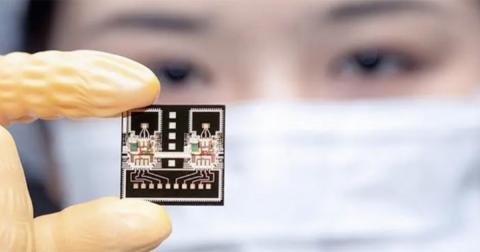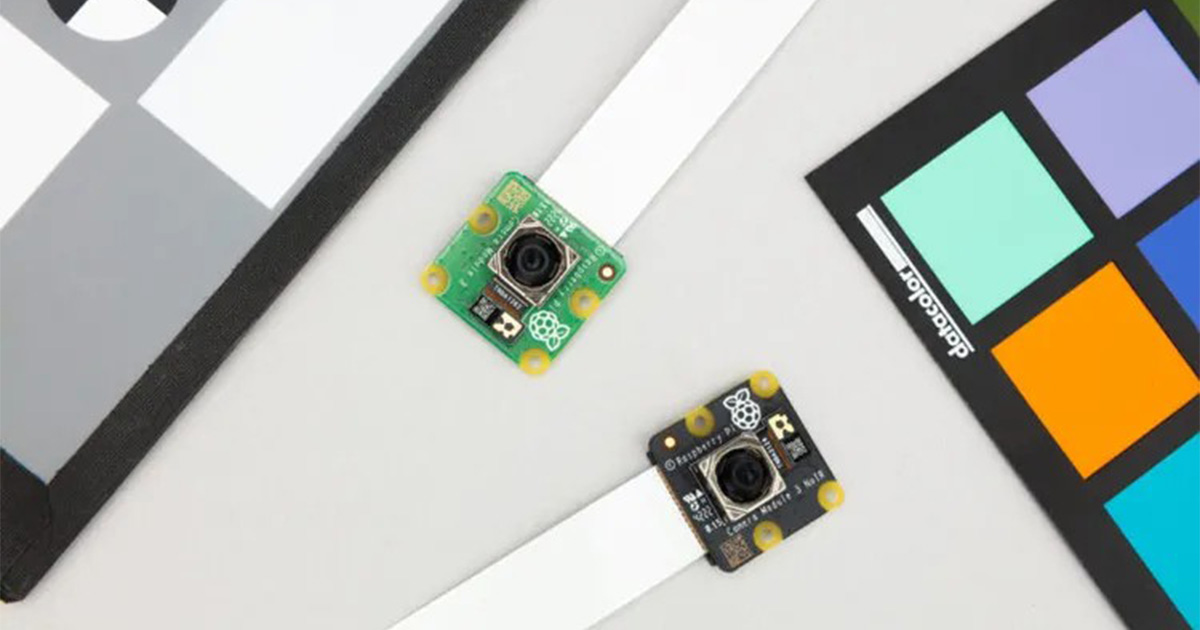
On January 7, the amendments to Article 10-2 and Article 72 of the "Industrial Innovation Regulations", commonly known as the "Taiwan version of the Chip Act", were passed in the third reading of the "Legislative Yuan" in Taiwan, China, aiming to encourage them through tax credits. The island's forward-looking innovative research and development and investment in advanced process equipment will consolidate and enhance Taiwan's position in the international supply chain.
Prior to this, the United States, the European Union, Japan, and South Korea have also successively introduced industrial policies to encourage the development of local chips. So, how big is the subsidy of the "Taiwan version of the chip bill"? Which semiconductor companies will benefit?
✦
Semiconductor companies get up to 50% revenue tax credit
The so-called "Taiwan version of the Chip Act" is actually mainly composed of the amendments to Article 10-2 and Article 72 of the "Industrial Innovation Regulations".
Among them, Article 10-2 of the "Industrial Innovation Regulations" is a newly revised regulation, focusing on the applicable objects, qualification conditions, reward items and credit amount of tax credits.
In terms of applicable objects, it is mainly for companies that carry out technological innovation on the island and occupy a key position in the international supply chain, regardless of the applicable industry category.
At the same time, the applicable objects must meet the following conditions: the company's annual R&D expenses and R&D density have reached a certain scale, and the effective tax rate has reached a certain rate, and there have been no major violations of environmental protection, labor or food safety and health laws in the last three years.
In terms of incentive projects, tax credits can be obtained for "purchasing brand-new machines or equipment with advanced manufacturing processes for self-use" or "forward-looking innovative R&D investment".
As for the amount of tax deduction, it can be up to 50% of the annual income tax payable. Among them, qualified enterprises can purchase 5% of the amount of new machines or equipment with advanced manufacturing processes, which can be used to offset the payable income tax of the year, and the deduction amount can reach up to 30% of the payable income tax; 25% of the expenditure on innovation, research and development is credited against the income tax payable in the year, and the maximum credit amount is also 30%.
If the two credits are used in combination, the maximum credit can be 50% of the payable income tax of the year.
Article 72 of the revised "Industrial Innovation Regulations" mainly adjusts the implementation time, clarifying that the implementation period of the revised provisions is from January 1, 2023 to December 31, 2029, that is, the next seven years.
At present, the "Taiwan version of the Chip Act" only makes a general principled explanation of the reward objects, items, qualifications, and amount. In the next six months, relevant sub-regulations will be issued to further clarify the scope of applicable requirements and the definition of terms, application process, application deadline, review mechanism and written documents.
✦
How big is the subsidy? Who will benefit?
Judging from the content of the "Taiwan version of the Chip Act", for the semiconductor field, whether it is to encourage "forward-looking innovative research and development" or "purchase new machines/equipment with advanced manufacturing processes for self-use", its intention to subsidize clearly points to TSMC. After all, on the track of advanced technology, there are only four high-level players, TSMC, Samsung, Intel and IBM, who are still vigorously promoting the manufacturing process.
As for forward-looking innovative R&D investment, in order to seize the advanced manufacturing process market, TSMC has not hesitated to invest heavily. According to Fang Shuhua, TSMC’s deputy general manager of legal affairs and chief legal officer, Fang Shuhua previously revealed that TSMC’s R&D investment in recent years has averaged 8% of revenue. In 2021, it will reach NT$125 billion (equivalent to approximately 27 billion RMB).
Therefore, TSMC is expected to receive two rewards: "forward-looking innovative R&D investment" and "purchasing new machines/equipment with advanced manufacturing processes for self-use". If other conditions are met, it can deduct up to 50% of the annual income tax payable. According to a report by the Taiwanese media "Financial News", TSMC's financial report shows that the amount of the 2021 corporate income tax declaration is NT$55 billion (equivalent to approximately RMB 12.2 billion).
This means that if various conditions are met, TSMC may receive tax credits of up to NT$27 billion (equivalent to approximately RMB 5.9 billion) after the implementation of the "Taiwan Chip Act".
In addition, other semiconductor companies in Taiwan, China, such as ASE, the world's largest chip packaging and testing company, UMC, another Taiwanese wafer manufacturing duo, MediaTek, an IC design company that accounts for nearly 30% of the global mobile phone chip market share, and the world's top ten Novatek and Realtek, the IC design company, and Nanya Technology, the world's top five DRAM manufacturer, are also expected to receive one or two tax credits after the "Taiwan Chip Act" is implemented.
In addition, the scope of the "Taiwan version of the Chip Act" is not limited to local manufacturers in Taiwan, China. Therefore, companies that have R&D centers or subsidiaries in Taiwan, China, and conduct forward-looking innovative research and development are expected to receive relevant rewards.


